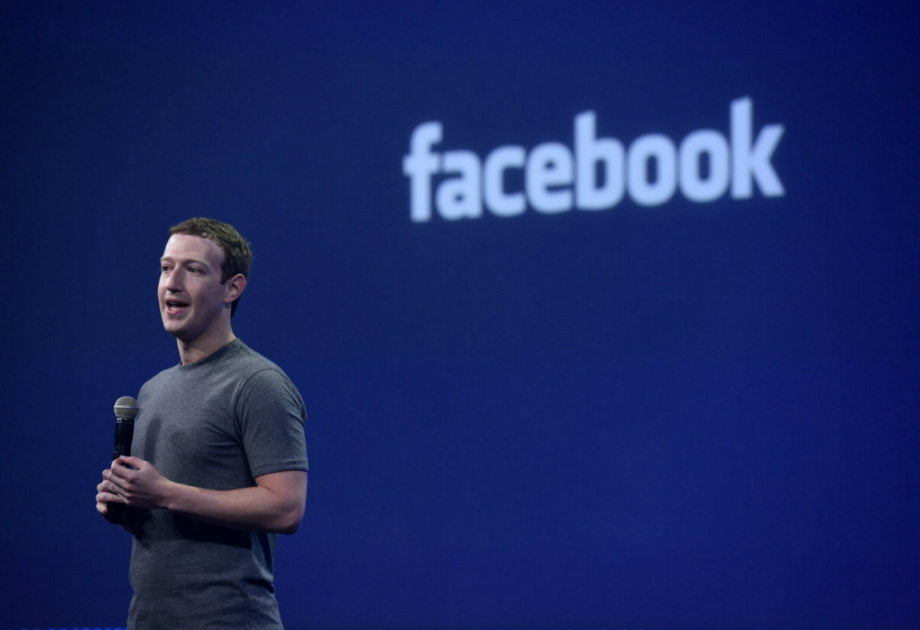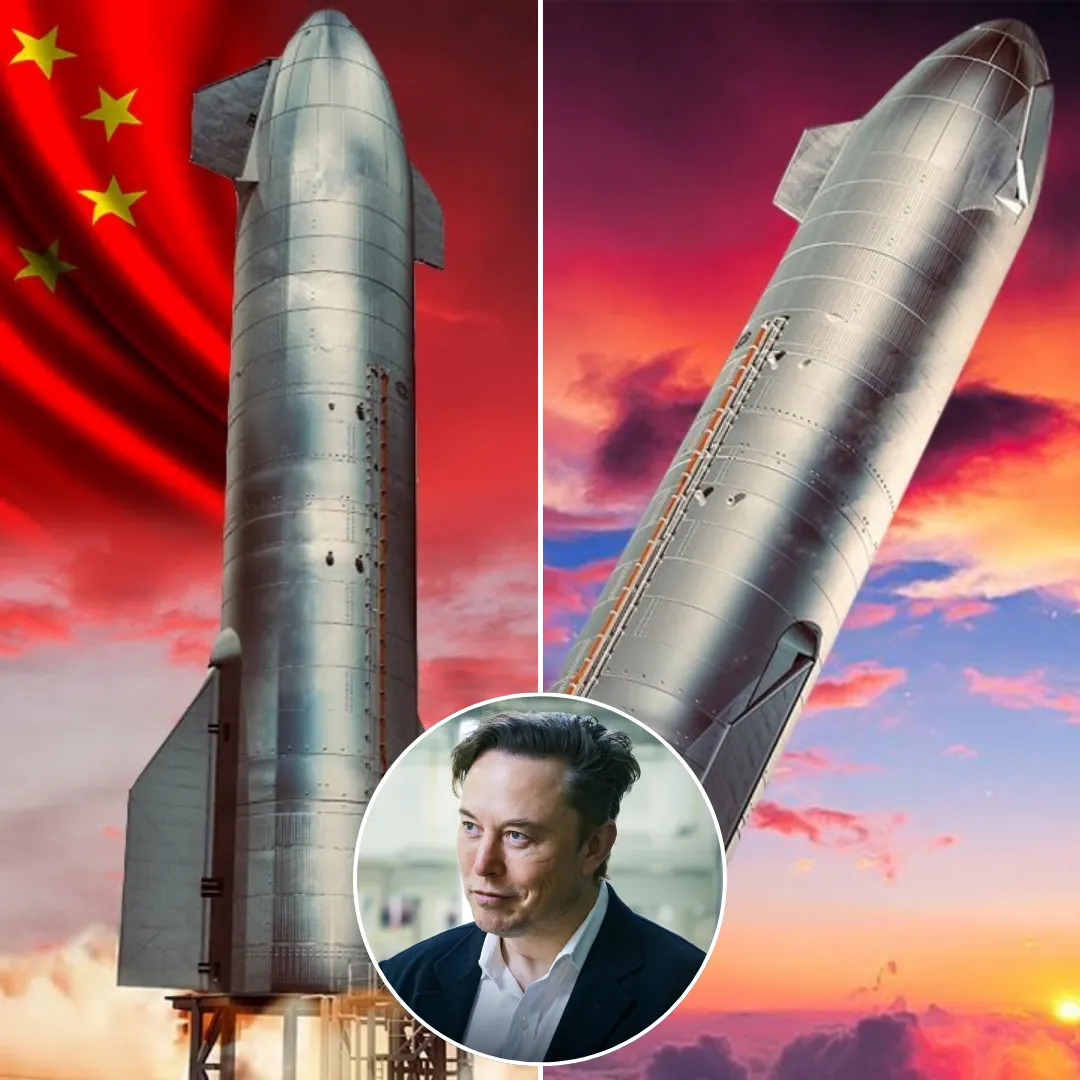
Education is often viewed as the key to unlocking opportunity and success, and the ultra-wealthy have long recognized this.
Some of the most high-profile billionaires, including Bill Gates, Michael Bloomberg, Jeff Bezos, Elon Musk, Mark Zuckerberg, and even Kanye West, have channeled their vast fortunes into the world of education.
Their goal? To revolutionize the education system, fix existing problems, and create new opportunities for future generations.
However, despite the massive investments, many of these efforts have proven to be flawed, controversial, or short-lived. The idea of building schools from the ground up, though noble, has become an increasingly complex venture.
These billionaire-backed initiatives, while born out of good intentions, often face the harsh reality that education is not a simple fix, nor is it a sector that operates like the tech industry or startups where risk can often be mitigated with a big payout.
Education is inherently unpredictable, and as such, even the most well-funded ventures can fail. Bill Gates and Melinda French Gates have donated billions toward reshaping thousands of classrooms with enhanced algebra curriculums and professional development programs.
Similarly, Michael Bloomberg has funneled billions into making medical school free for most students at Johns Hopkins University, part of his broader philanthropic agenda in education.
However, despite their best efforts, the impact of these initiatives has been the subject of intense debate, and the problems they aim to fix remain deeply embedded in the system.

Mark Zuckerberg’s involvement in education philanthropy dates back to 2010 when he made headlines by pledging $100 million to reform public schools in Newark, New Jersey.
This donation, which was later matched by other philanthropists, brought the total contribution to $200 million. Despite the attention it garnered, studies on its long-term impact have been mixed, and some experts believe it fell short of its intended goals.
One study found that while students made significant progress in English, there was little to no improvement in math.
While Zuckerberg’s efforts in Newark may not have lived up to expectations, his latest foray into education came in the form of The Primary School. Established in 2014 in California, this institution aimed to address the financial pressures of obtaining high-quality early education for low-income families.
Zuckerberg, alongside his wife, Priscilla Chan, opened the tuition-free schools to serve elementary and middle school students. However, after several years of operation, the school announced in 2023 that it would close by the end of the 2025-2026 school year.
The closure of The Primary School raises important questions about the sustainability of billionaire-funded educational initiatives. Financial struggles, including the inability to secure sufficient donor funding beyond Zuckerberg’s initial investment, were cited as key reasons for the closure.
Critics of the school’s closure argue that the promise of free education to low-income families is not enough without a long-term, sustainable funding plan.
The failure of The Primary School exemplifies the challenges of building educational institutions from scratch, especially when they are intended to serve vulnerable populations.
:max_bytes(150000):strip_icc()/GettyImages-962142748-5c734a97cff47e0001b1e355.jpg)
Zuckerberg’s approach to education philanthropy has faced criticism in other areas as well. His $100 million donation to Newark schools has been regarded by some as a “parachute solution” that failed to engage the local community in meaningful ways.
Experts argue that a top-down approach, where large donations are made without sufficient input from the communities they aim to help, can often lead to unintended consequences.
The failure to involve local stakeholders in the decision-making process may have hindered the effectiveness of the donation, rendering it less impactful than anticipated.
But Zuckerberg is not alone in facing difficulties with his educational investments. Kanye West, now known as Ye, also tried his hand at education with the establishment of Donda Academy in 2022.
The private Christian school, which catered to students from pre-kindergarten to 12th grade, aimed to provide an alternative educational experience, particularly for underprivileged students.
However, the school’s ambitious vision was short-lived. Just months after opening, Donda Academy shut its doors amid controversy over Ye’s antisemitic comments on social media.
In addition to the public backlash, lawsuits from former teachers alleged serious issues with the school’s operations. One of the allegations included claims that the school did not pay its staff consistently and had serious health and safety concerns.
The lack of proper facilities, including uninstalled windows, left students exposed to the elements.

In the wake of these controversies, Ye settled one of the lawsuits earlier in 2024. Despite the school’s short lifespan, the failure of Donda Academy underscores the challenges of running an educational institution without a clear, sustainable plan and highlights how quickly things can go awry when personal controversies enter the picture.
These examples—Zuckerberg’s The Primary School, West’s Donda Academy, and the wider failure of some philanthropic initiatives—reflect a broader issue within education philanthropy: the challenge of effectively reforming a deeply entrenched system.
While well-meaning, many billionaire-driven projects often miss the mark or fall short of delivering lasting change. Education is a complex issue that cannot be solved with a single donation or a quick fix.
As Fredrick Hess, director of education policy studies at the American Enterprise Institute, points out, education is a system made up of passionate and hardworking individuals who collectively struggle to achieve the results they desire.
Ben Wallerstein, co-founder of Whiteboard Advisors, further highlights the challenges of education philanthropy, noting that it is often viewed as a form of “risk capital.”
The idea is to test different models, scale what works, and abandon what doesn’t. However, he also acknowledges that failure is a common occurrence in education philanthropy, as the problem is much more complicated than it initially appears.

There is no perfect solution, and as Wallerstein argues, well-meaning donors often find themselves inadvertently politicizing the issue or pushing ideas that are not aligned with the needs of the communities they aim to help.
One prominent example of this is the failed attempt by business leaders from companies like ExxonMobil, GE, and Intel to back the Common Core educational standards in the early 2010s.
The initiative quickly became a target for opposition, as critics argued that it represented undue federal control over local classrooms.
Despite the good intentions of those involved, the involvement of corporate figures in education reform created a backlash that led to the eventual decline of the Common Core initiative in many states.
While these billionaire-backed efforts have faced significant challenges, it is important to recognize that the education system is not a static entity. The problems it faces are deeply rooted in societal inequalities, resource constraints, and systemic inefficiencies.
For all the good intentions and financial resources poured into the sector, education reform requires much more than just financial capital. It demands sustained effort, local community engagement, and careful, context-driven solutions that can address the needs of all stakeholders.
Education philanthropy often operates under the assumption that money alone can solve systemic problems, but the reality is far more complicated. Education is not a product that can simply be bought, scaled, or optimized with a few billion-dollar investments.
It requires a collaborative approach that brings together teachers, administrators, students, parents, and communities to identify and implement the solutions that are best suited to their unique needs.

Despite the failures and controversies surrounding some of these initiatives, they have also shed light on the broader issue of how to fund and reform education. One of the key takeaways from the struggles of Zuckerberg’s school and West’s academy is that philanthropy, while important, is not a substitute for systemic change.
The ultimate goal should not simply be to create more private schools or give large sums to already-established institutions; rather, the focus should be on addressing the root causes of inequality within the education system and creating policies that ensure access to quality education for all students, regardless of their socioeconomic background.
In the face of these challenges, education philanthropy can still be a powerful tool for positive change—but only if it is used strategically and thoughtfully. The work of billionaires in the education sector must go beyond just throwing money at the problem.
It requires a more nuanced approach that includes listening to local communities, understanding the unique needs of each area, and providing sustainable solutions that can be scaled without causing further harm.
In conclusion, the philanthropic efforts of billionaires like Mark Zuckerberg, Kanye West, and Jeff Bezos have brought much-needed attention to the issues within the education system. However, their ventures also demonstrate the complexities of using wealth to solve deeply entrenched societal problems.
Education is not a quick fix, and while philanthropy can play a role in making a difference, it cannot solve the fundamental challenges facing the system. The key to effective education reform lies not just in throwing money at the problem but in building long-term, sustainable solutions that are community-driven and tailored to the needs of all students.
-1747994849-q80.webp)


-1747490218-q80.webp)